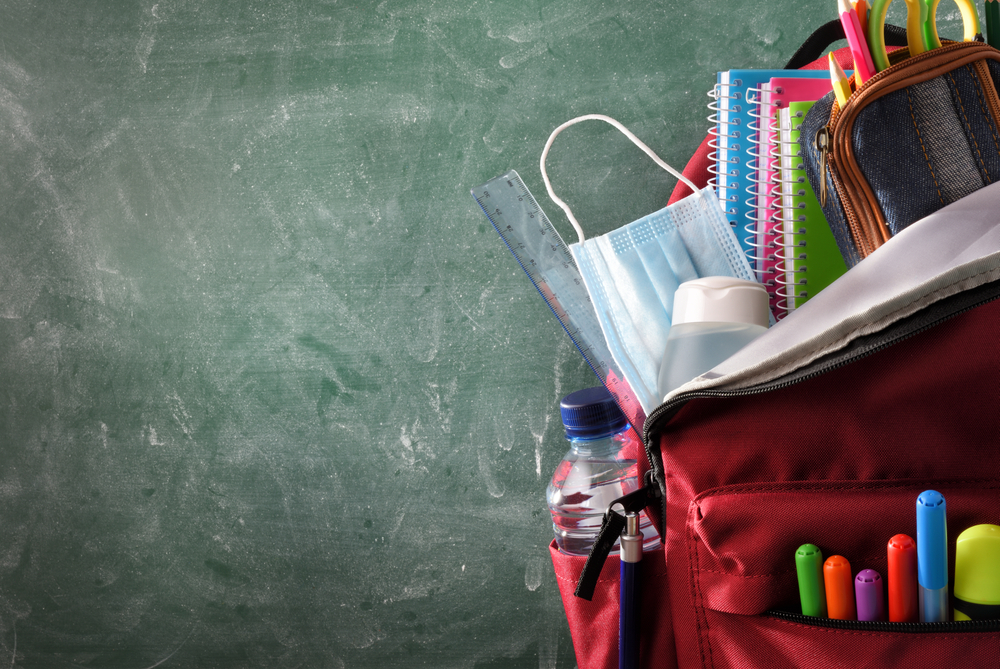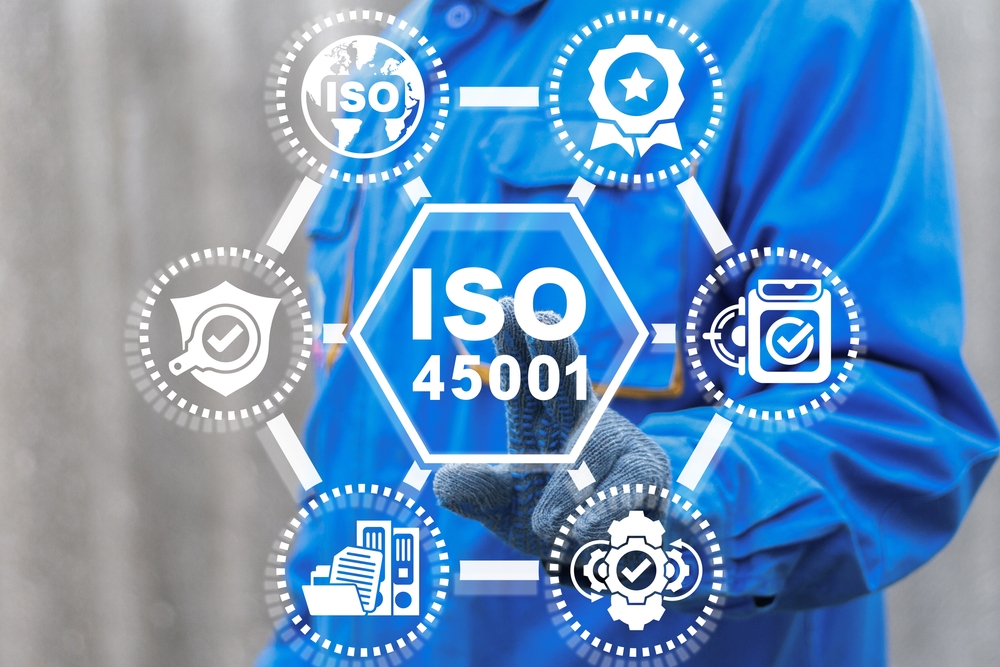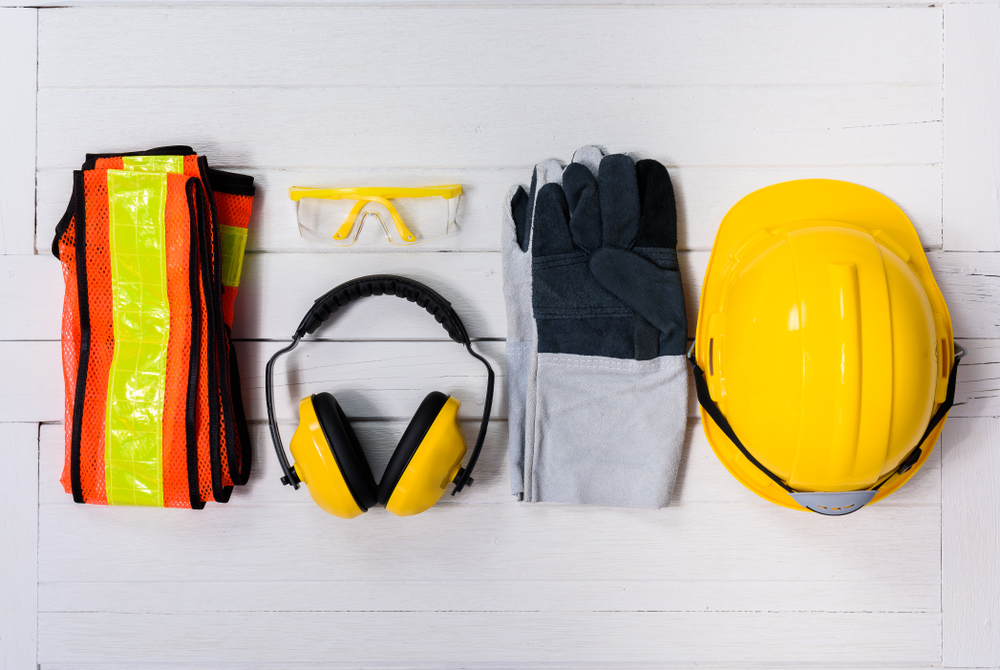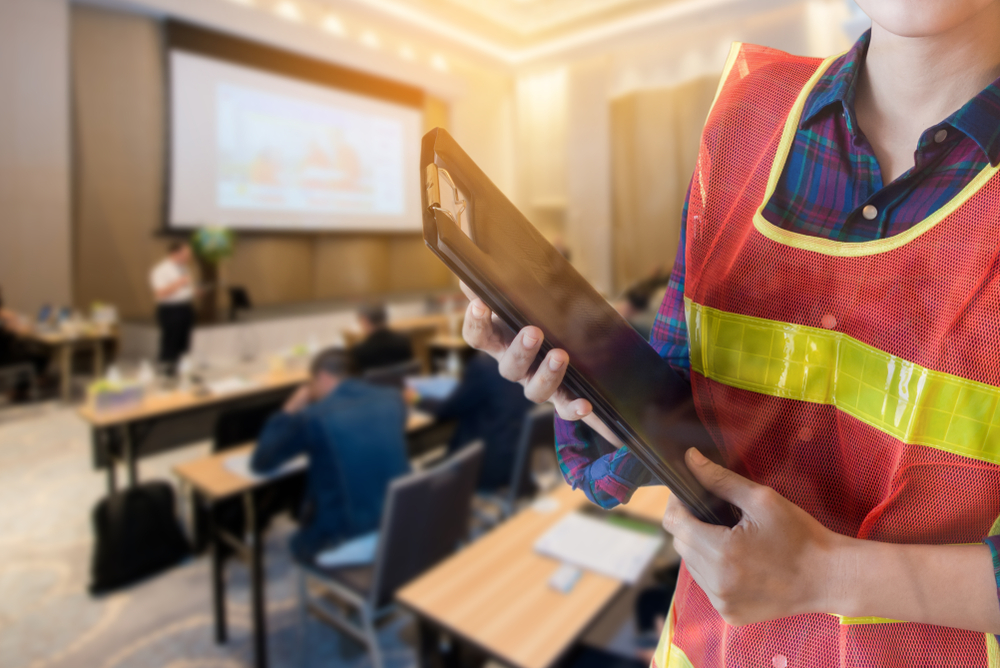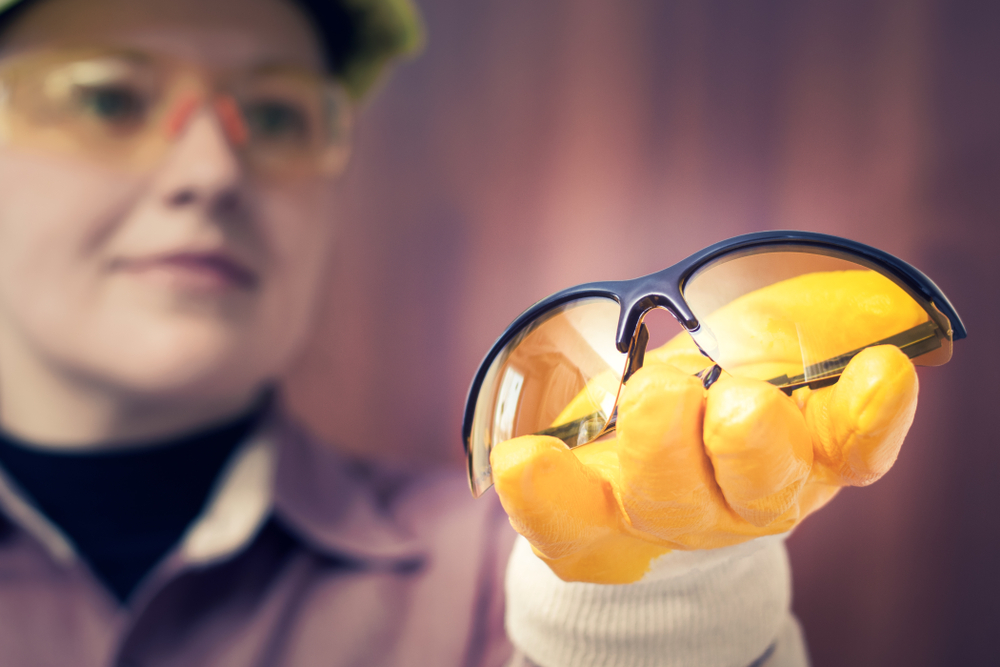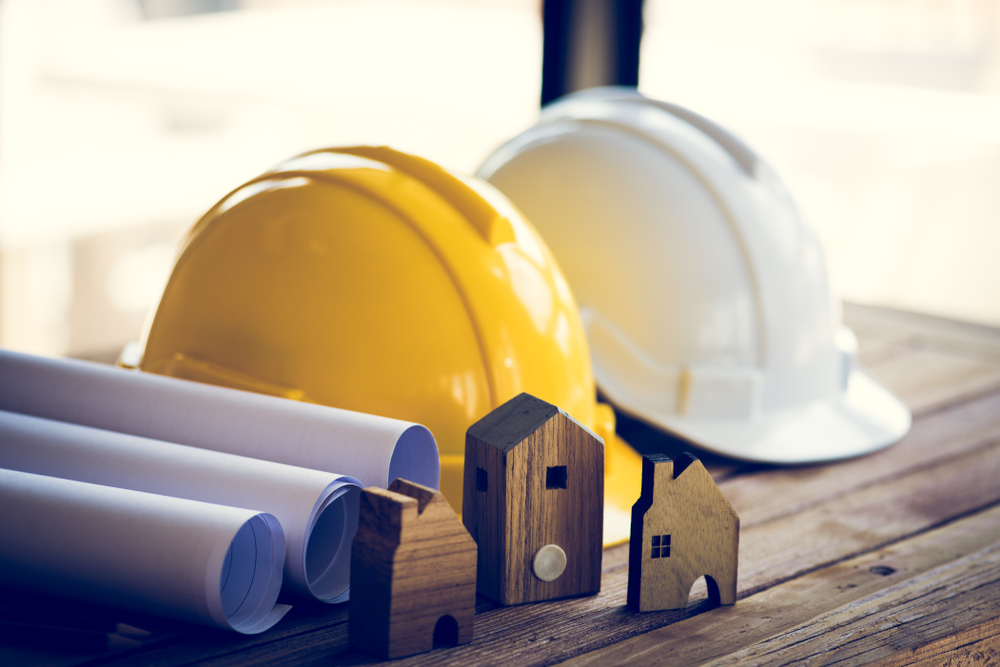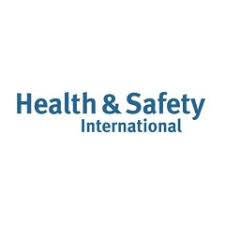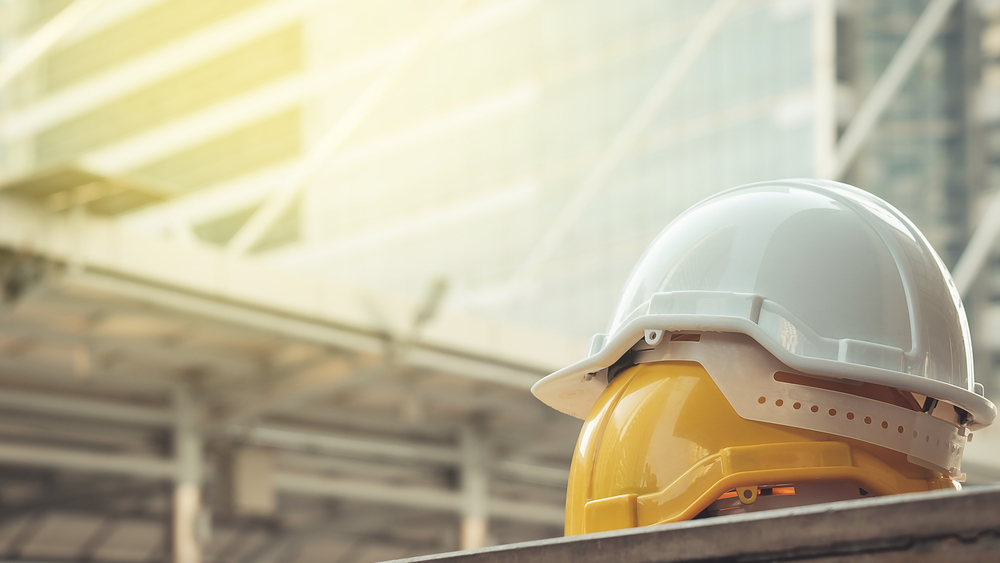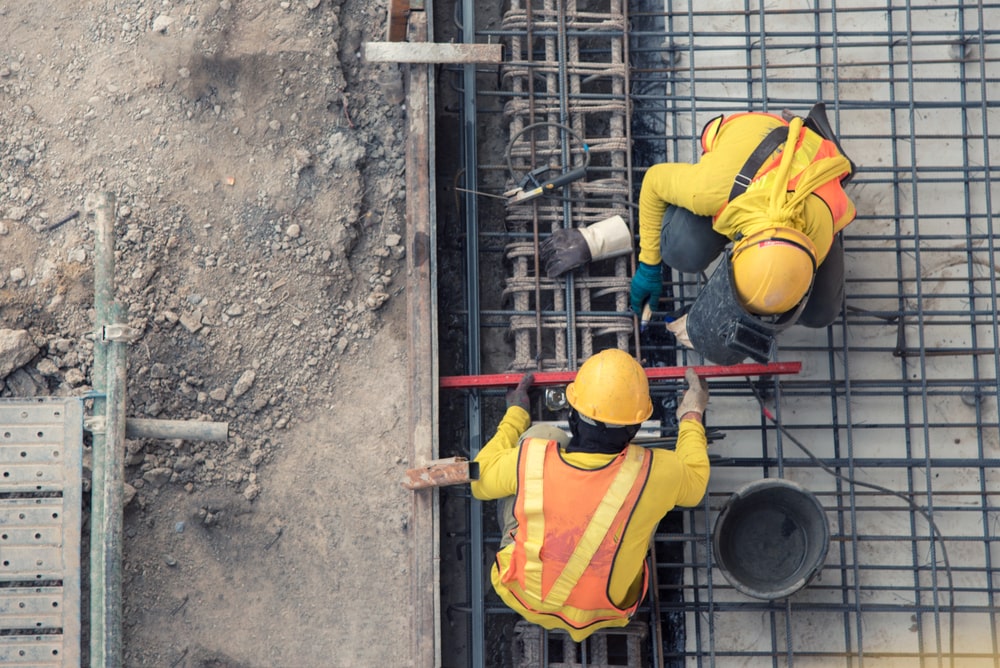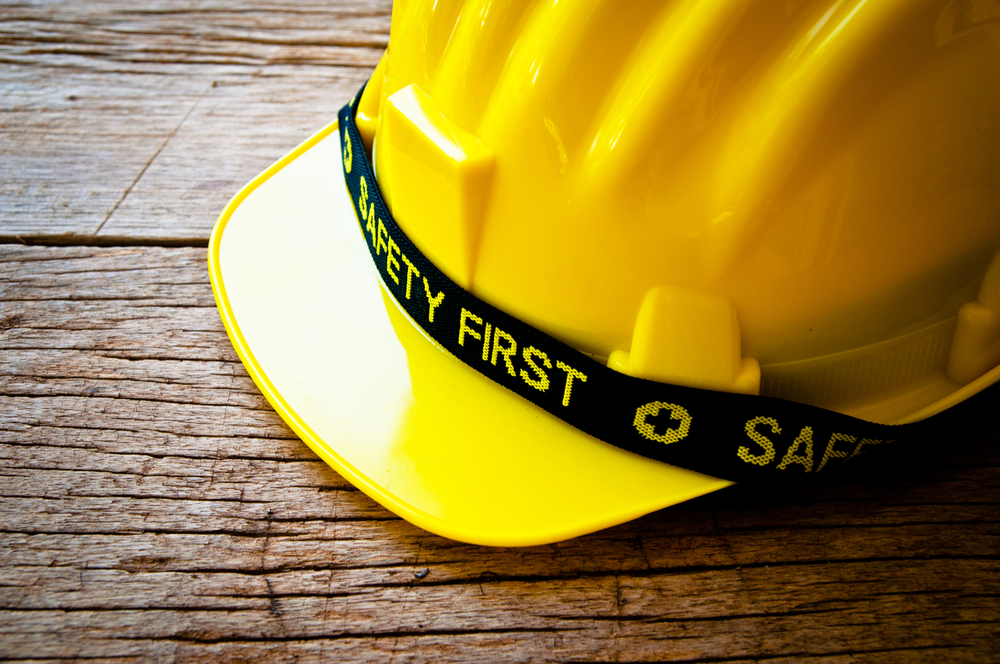News Post
How to Create a COVID Secure Workplace
With over 32 million people in the UK having received a COVID-19 vaccine, and the country’s loosening of its lockdown rules continuing, the UK is edging itself closer to normality. A key part of that transition has seen workers returning to their pre-pandemic workplaces.
However, the workplaces to which more and more of these workers are returning could – and, legally, should – feel very different to how they did before the COVID crisis struck. As an employer, you already had a statutory duty to keep your workplace safe for employees and visitors.
The Health and Safety Executive (HSE) has since updated its guidance. This new guidance demonstrates how you could achieve this – as is required by law – while the COVID threat lingers and millions of people, including a number of your workers, in the UK remain unvaccinated.
You might have already returned to your pre-pandemic workplace. As of 12th April, various workplaces, including non-essential shops, gyms, beauty salons, and outdoor attractions, were permitted to reopen. However, indoor hospitality venues will not follow until 17th May at the earliest, and office workers might continue working from home well beyond that date.
Whether or not your workplace has recently flung its doors back open, there are various control measures you can enact. These measures will ensure, as would be both legally and ethically necessary, that a typical workplace satisfies a wide range of COVID-19 safety requirements.
What is a COVID-secure workplace?
The Government coined the phrase "COVID-secure" last year when preparing to help UK workplaces reopen after the first lockdown in a fashion that would mitigate the risk of infection.
The Government put forward detailed guidance for this purpose last summer. Businesses were advised to enforce work-from-home measures where possible, as well as perform COVID-19 risk assessments and publish these online.
For those workers required to continue operating out of the usual workplace, two-metre social distancing was encouraged. Where such distancing wasn’t possible, businesses were instructed to manage the risk of coronavirus infection in other ways. These ways included barriers, adjusting shift patterns, and minimising the number of people who would work together at any one time.
As HSE is now undertaking spot checks on workplaces to assess their COVID risk mitigation methods, you should conduct a COVID-19 risk assessment. Without doing one, your business could be prosecuted for failing to take reasonable steps to keep its workplace safe.
If the HSE judges that you are not taking these key steps, you might be asked to cease particular work activities until after you have made the necessary amends. You can make your business compliant – and prevent the risk of prosecution – by following certain methods.
Steps to take to create a COVID-secure workplace
HSE has outlined various steps you should follow to help "COVID-secure" your workplace. These steps include updating your risk assessment to account for how you should protect people from a COVID-19 infection when they are in your office.
You should also be careful to keep people, where possible, two metres apart. It's also vital that your workplace is clean, and your employees wash their hands frequently. These hygiene procedures can help to lower the COVID-19 transmission risk, as can improving ventilation in the workplace, which should be maintained at a comfortable temperature.
In communicating all of these safety measures to your team, you can make sure these are practical steps your workers will be able to follow even in your absence.
With longstanding work-from-home guidance still in place, you should regularly interact with those members of your team who are working from home. Make sure they are well and have all of the equipment, such as a computer and phone, that they need to do their work effectively.
As the current Government guidance about working from home is set to be reviewed before all legal restrictions on social contact in England are eventually lifted, you should look into the possibility of phased returns, which could help to further lower the risk to especially vulnerable workers.
How SMS Europe can help
Putting together a COVID-19 risk assessment poses a unique challenge to many business owners, as most have not previously had to pandemic-proof their businesses to the extent that is required by the COVID crisis. However, with our specialist expertise, we can help you to prepare your assessment.
This includes identifying hazards – the most obvious of which would be the possibility of transmission and infection – and recognising control measures that can counter them. We have already outlined various such measures you could take.
We offer a COVID-19 risk assessment service where we can provide you with an example template for your assessment. When you get in touch with us, we can give you an editable Word copy of this template, allowing you to modify it to suit your particular business.
As a result of the risk that COVID-19 poses to different businesses, your control measures will be different to a company in a separate industry. You should also heed the latest guidance provided by Public Health England.
Nonetheless, if you remain understandably daunted by the prospect of creating a COVID-19 risk assessment for your business, you could hand the task to us. Under the supervision of our team, we’ll help you undertake training and coaching that would enable you to carry out the risk assessment yourself.
Contact us for more information and advice
Risk assessments in the workplace are nothing new and have been required by regulation since 1999. In that time, we have assisted numerous clients in complying with health and safety laws. This experience has enabled us to discern various aspects of best practice in preparing risk assessments.
It’s easy to contact us to book a risk assessment or enquire about any of our other services that could help you to protect your workers from a wide range of health and safety risks – not just those associated with COVID-19. You can get in touch with our dedicated specialists by phoning 0845 224 0028.
Latest News
Health and Safety in Schools Checklist
Health and safety should be a top priority in any workplace, but especially in schools. Not only are you responsible for your staff’s safety, but you need to maintain the welfare of your pupils too. To do so, you must uphold your legal complian..
It can be difficult to decide your future path - a lot can ride on it, after all - but a career in health and safety could be the right choice for you. There are several types of careers in the health and safety industry that might be a good fit..
What is ISO 45001?
If you’re wondering what ISO 45001 is, then this is the guide for you. Replacing the old OHSAS 18001 standard, ISO 45001 is the new international standard for occupational health and safety management. In this guide, we'l..
Who Enforces Health and Safety?
The enforcement of health and safety is crucial to maintain healthy workplaces. The term health and safety itself covers the safety legislation and safety law that comes under the Health and Safety at Work Act 1974. In general, this means t..
Health and safety training is a requirement in the workplace, no matter which sector you work in. Our experts at SMS Europe have been providing an extensive range of specialist health and safety services for almost 20 years. To help make work en..
Health and safety in the workplace is all about controlling risks in a way that protects both your employees and your company. Strong leadership, including your employees, managers, suppliers, contractors, and consumers, is a characteristic of great ..
Health and safety in the workplace is immeasurably important. But, without the Health and Safety at Work Act of 1974, we might have never prized safety so highly. This piece of workplace legislation is highly significant and indeed has transform..
Fire Safety and Fire Risk Assessment at Leased Offices and Buildings Fire safety at leased single and multi- tenanted offices can be approached in a number of ways. Generally speaking, there are three types of premises, (single occupancy lea..
Safety Gloves
Please have a read at SMSE Managing Director Philip Marsden's article on Safety Gloves which is published in the February 2022 edition of Health and Safety International Magazine. https://www.hsimagazine.com/article/fits-like-a-glove/ We wo..
Current Health and Safety Industry Trends
New Guidance Released for Managing Home Workers As an employer, you have the same health and safety responsibilities for those who work from home as you do for all other employees who may work from the workplace. In most cases, the dange..
Who Is Responsible for the Health and Safety on a Building Site? Legally, the responsibility of health and safety within the business lies with the employer. It is up to them to make sure the environment meets the necessary health and safety requi..
No one wants to be injured whilst at work, and no one wants their staff to be injured, especially whilst on the job. That doesn’t mean that accidents don’t happen. In fact, each year an average of 22 manufacturing workers die in workplace..

